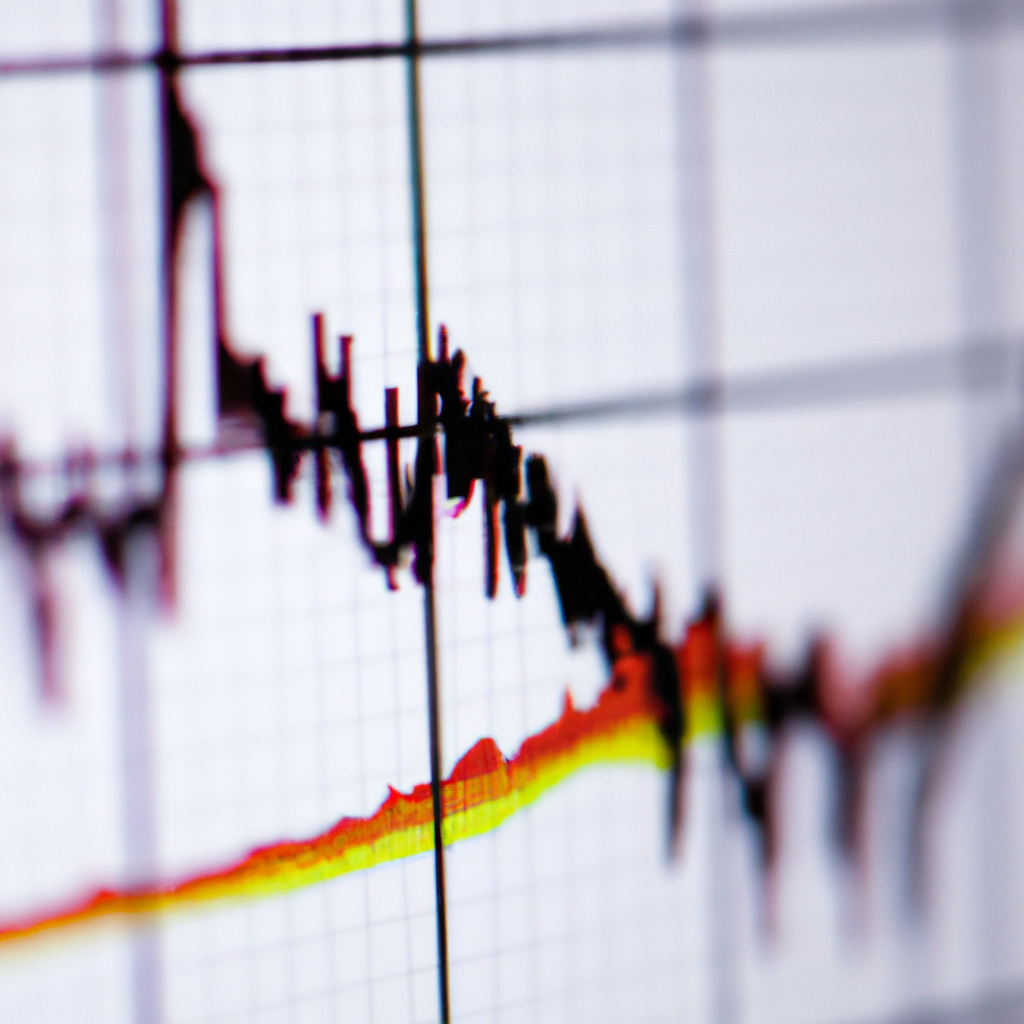Using Moving Averages for Trend Analysis
One of the most popular tools used in technical analysis is the moving average. Moving averages help traders and investors identify trends in the market by smoothing out price data over a specific period of time. In this article, we will explore how to use moving averages for trend analysis and how they can help you make informed trading decisions.
What is a Moving Average?
A moving average is a calculation that takes the average price of a security over a specified period of time. This moving average “moves” as new data points are added and old data points are dropped, creating a smooth line that helps identify trends in the market.
Types of Moving Averages
There are two main types of moving averages: simple moving averages (SMA) and exponential moving averages (EMA). SMA gives equal weight to all data points in the calculation, while EMA gives more weight to recent data points. Traders often use a combination of both types of moving averages to get a more comprehensive view of the market.
Using Moving Averages for Trend Analysis
When using moving averages for trend analysis, traders typically look for two main signals: crossovers and price action in relation to the moving average.
Crossovers
A crossover occurs when a short-term moving average crosses above or below a longer-term moving average. A bullish crossover, where the short-term moving average crosses above the long-term moving average, is seen as a buy signal. Conversely, a bearish crossover, where the short-term moving average crosses below the long-term moving average, is seen as a sell signal.
Price Action in Relation to Moving Average
Traders also look at how the price of a security interacts with its moving average. If the price is consistently trading above the moving average, it is seen as a bullish signal. On the other hand, if the price is consistently trading below the moving average, it is seen as a bearish signal.
Conclusion
Using moving averages for trend analysis can help traders identify trends in the market and make informed trading decisions. By understanding the different types of moving averages and how to interpret crossovers and price action in relation to the moving average, traders can gain a better understanding of market trends and potentially increase their profitability.


